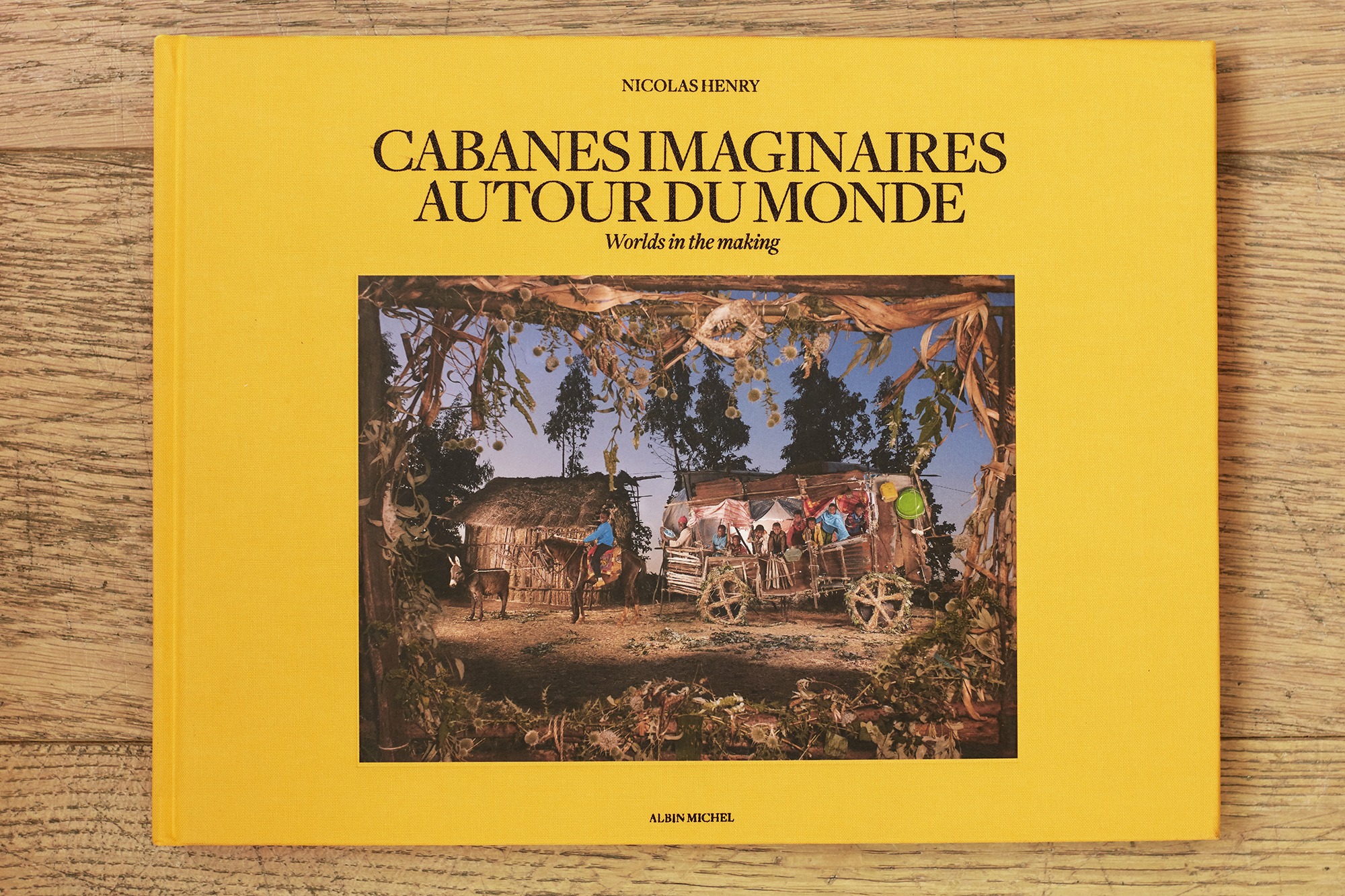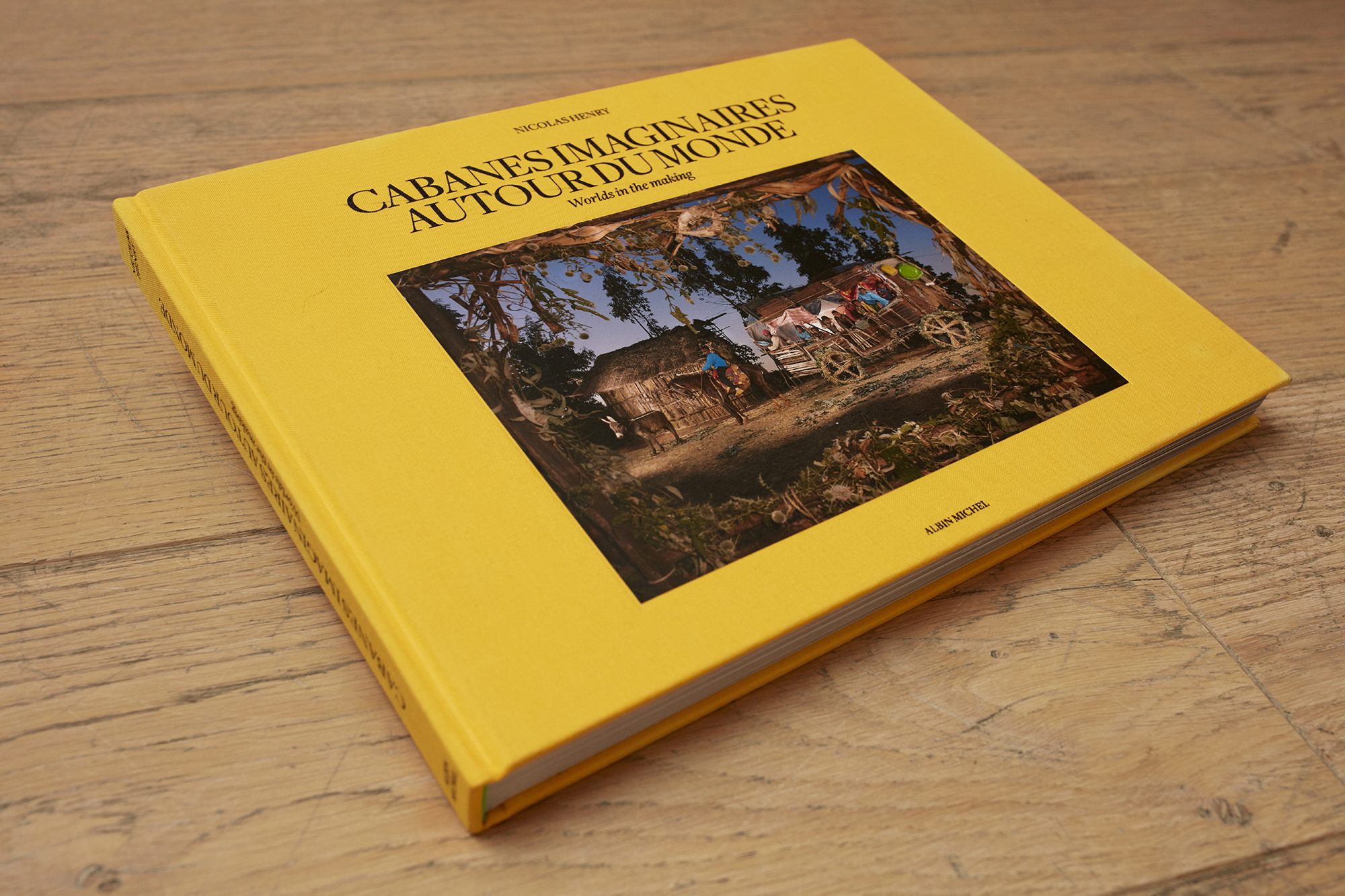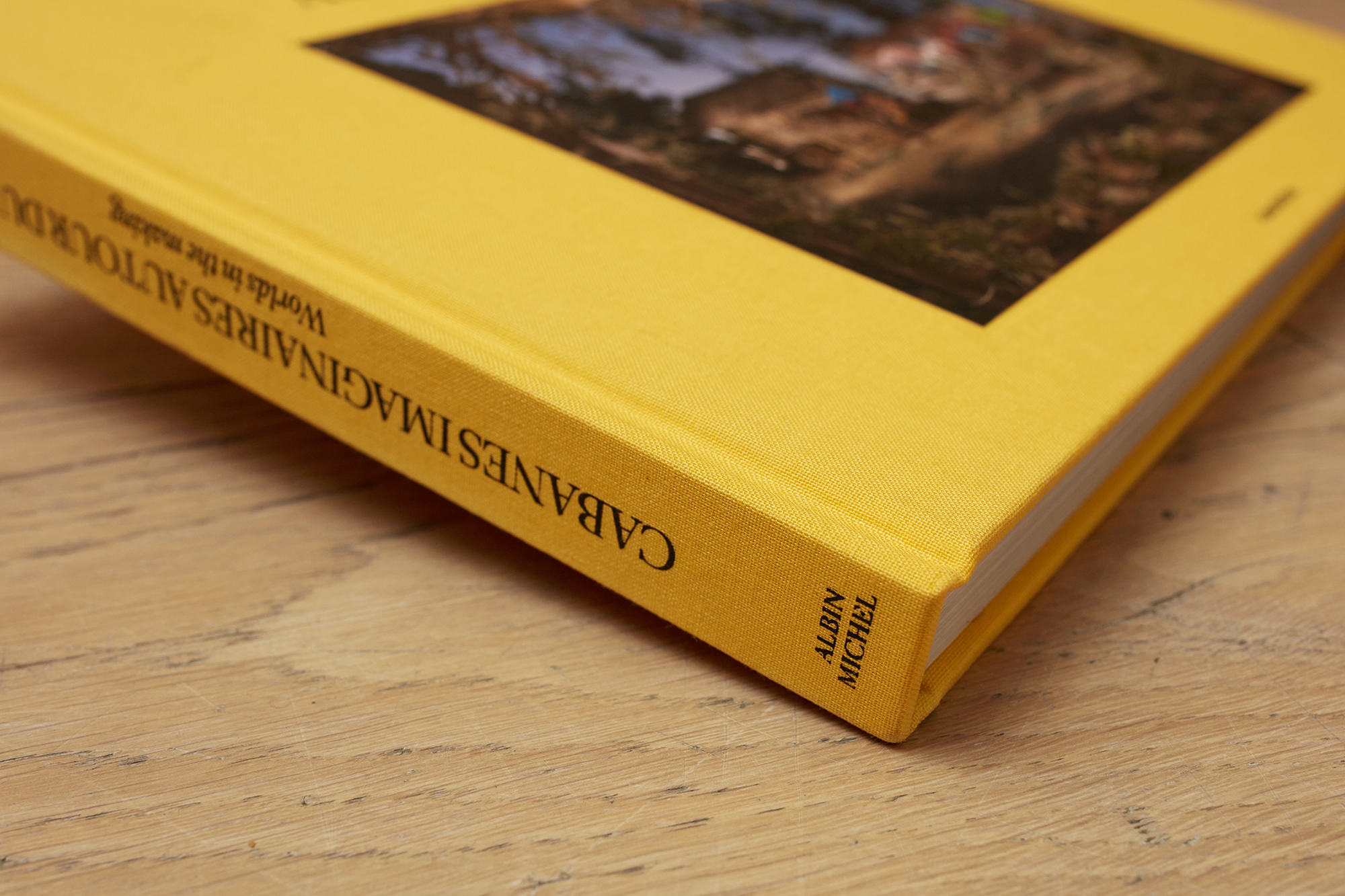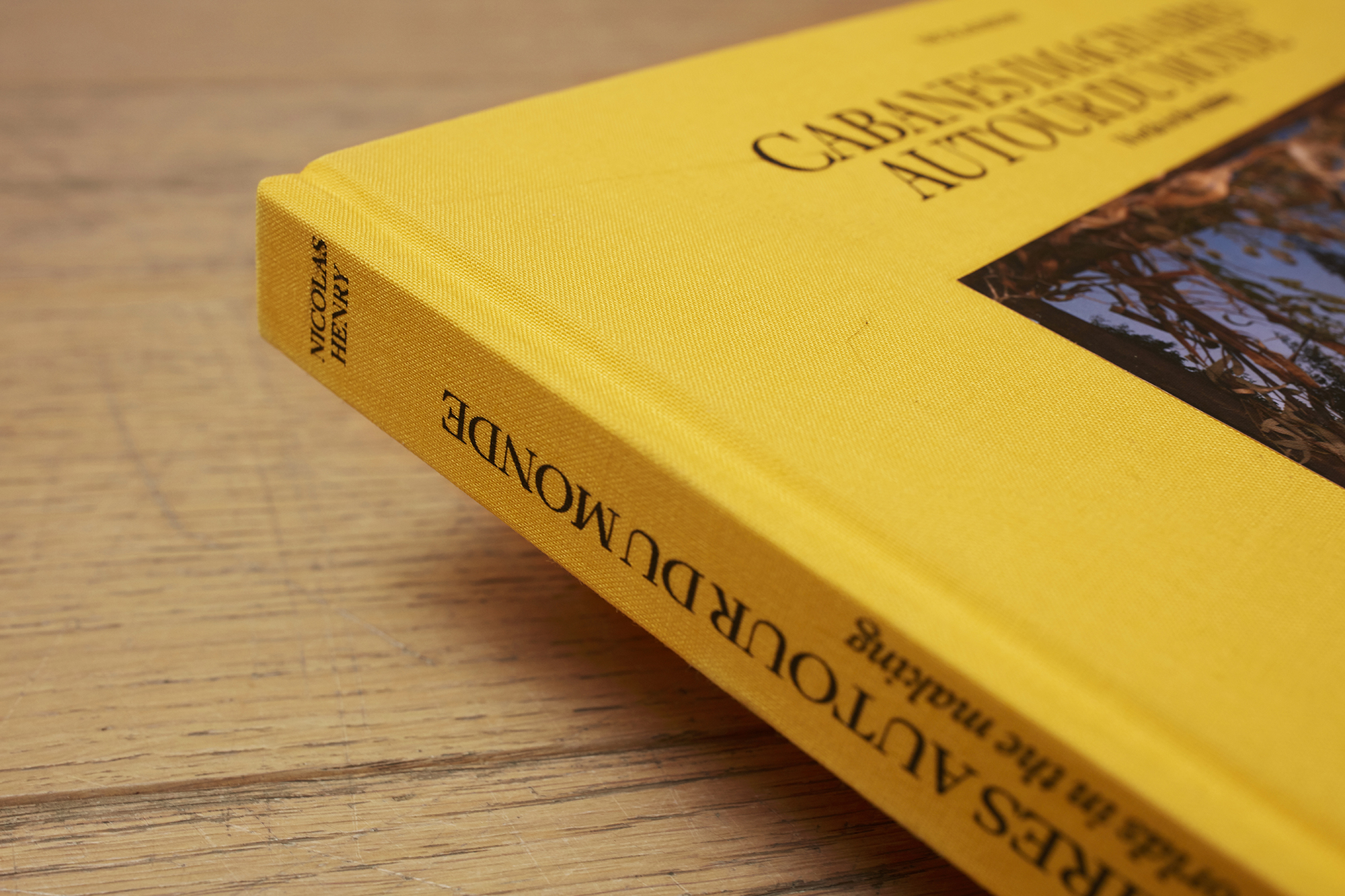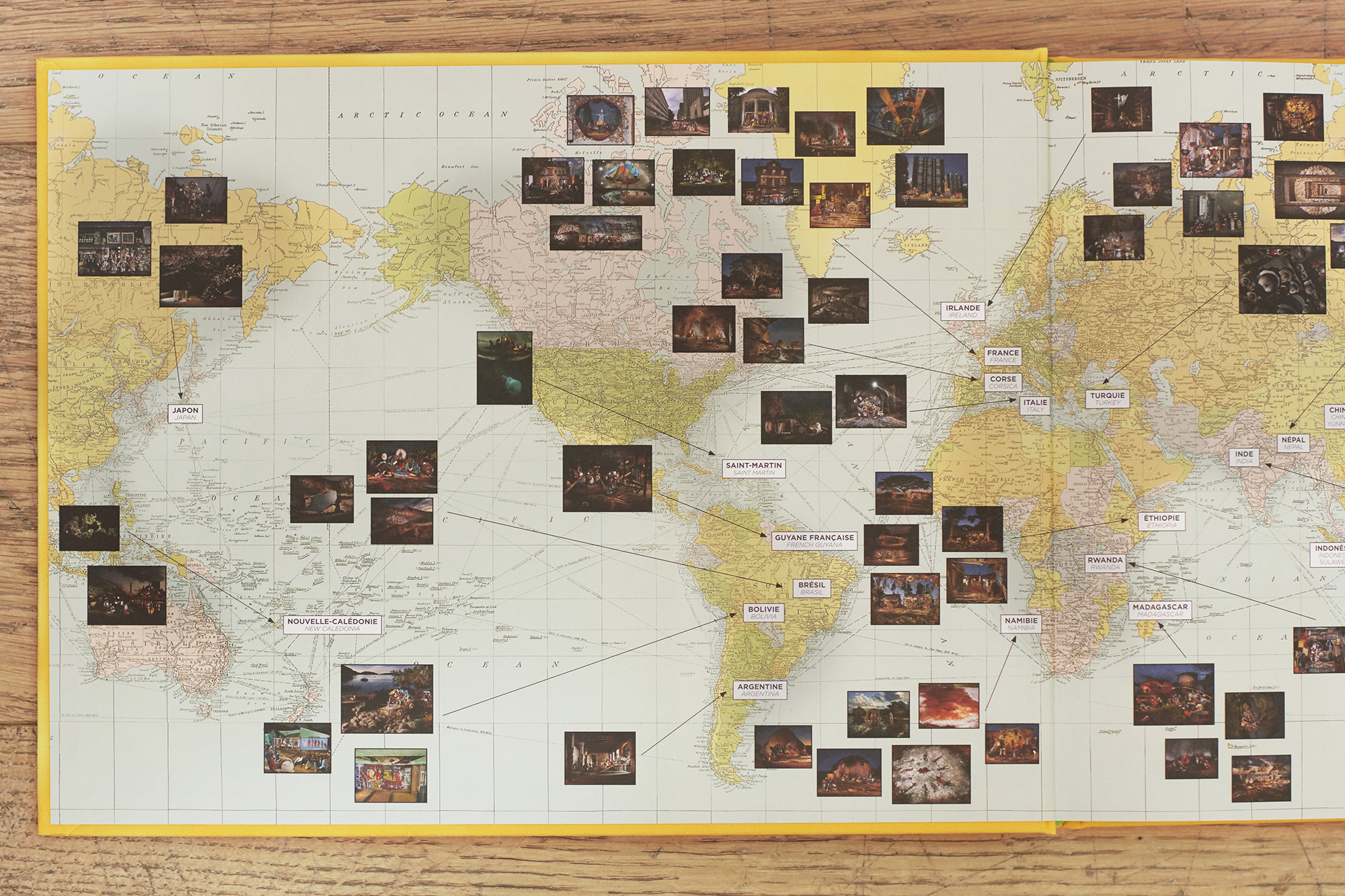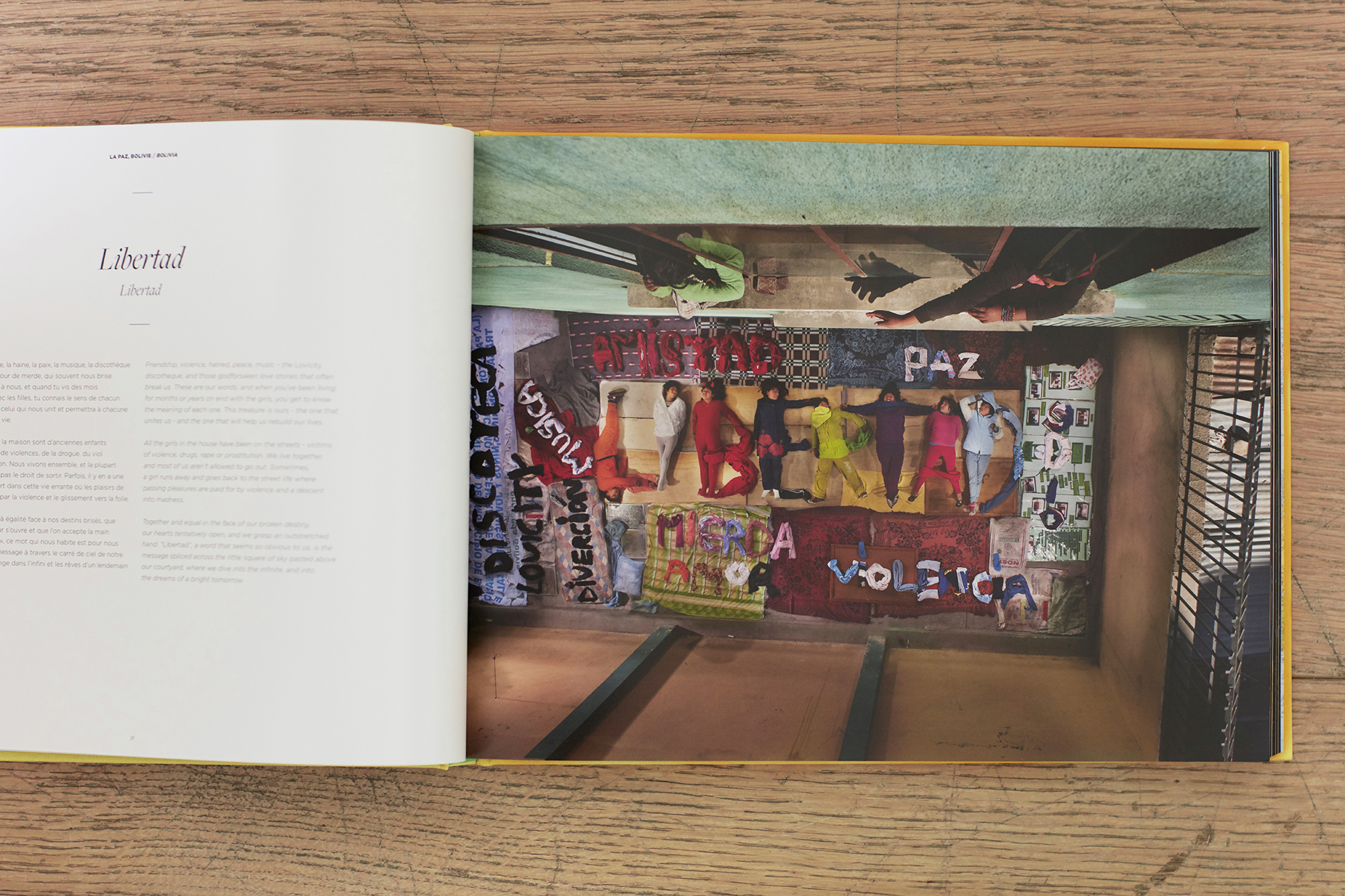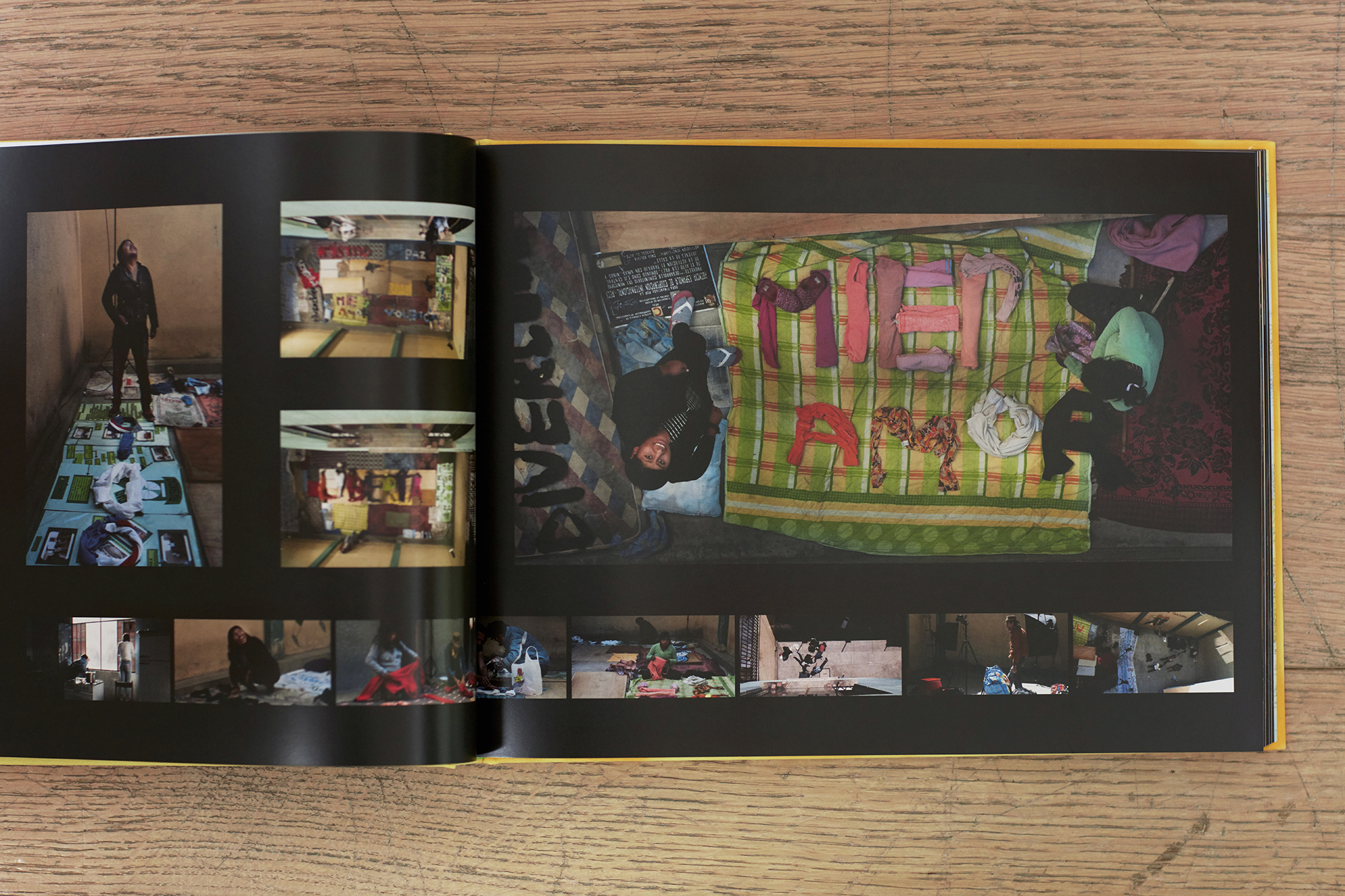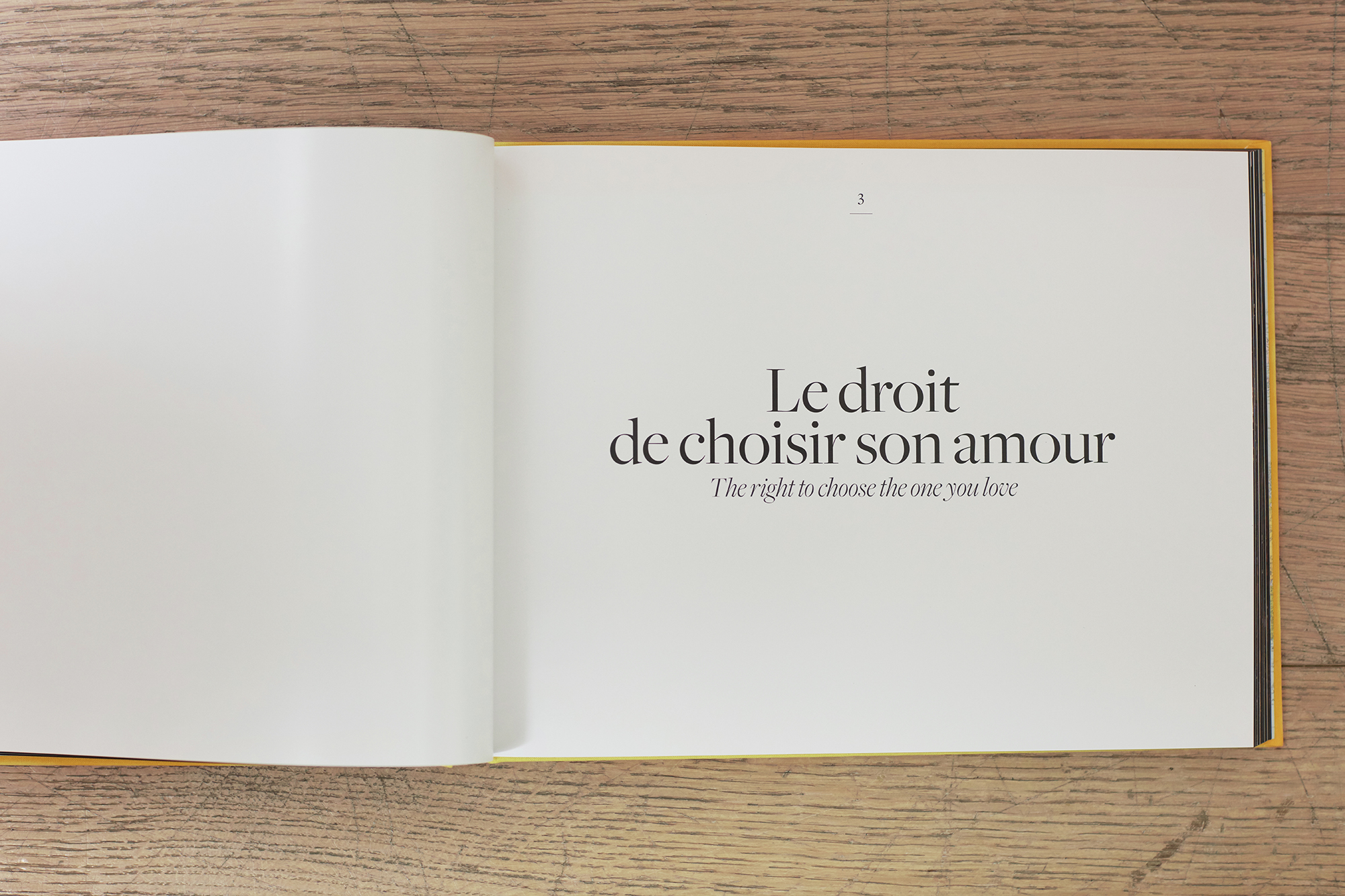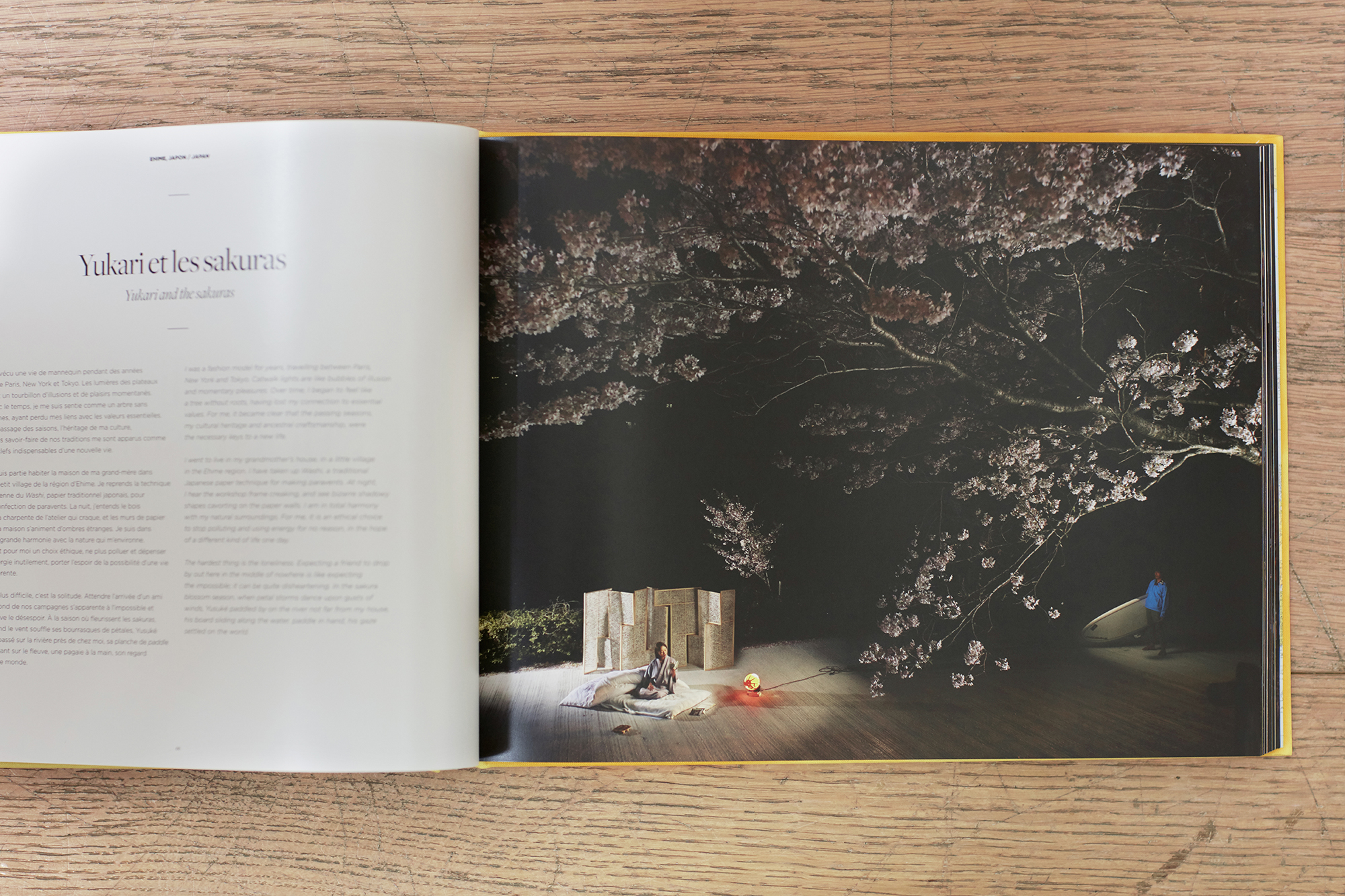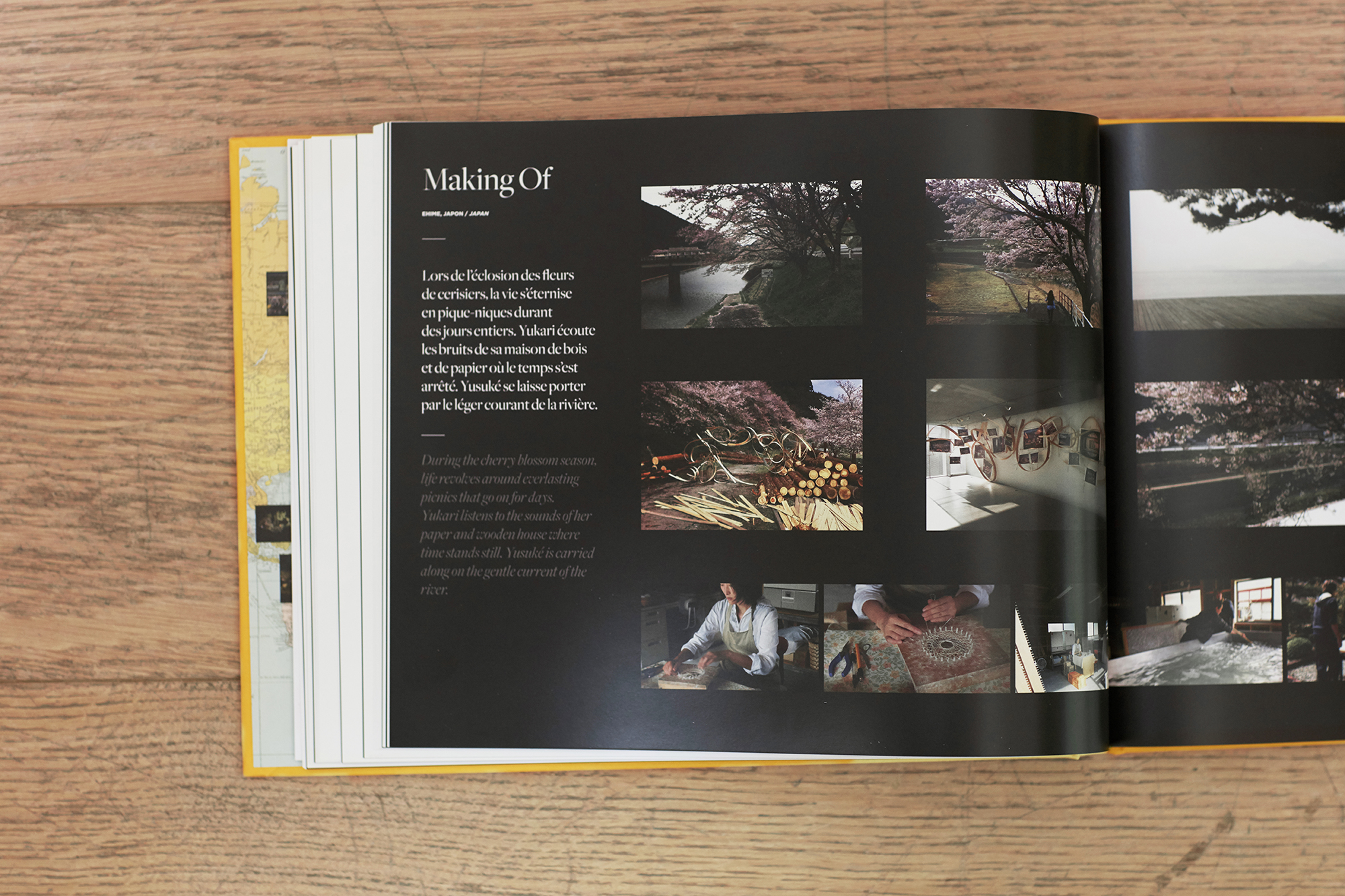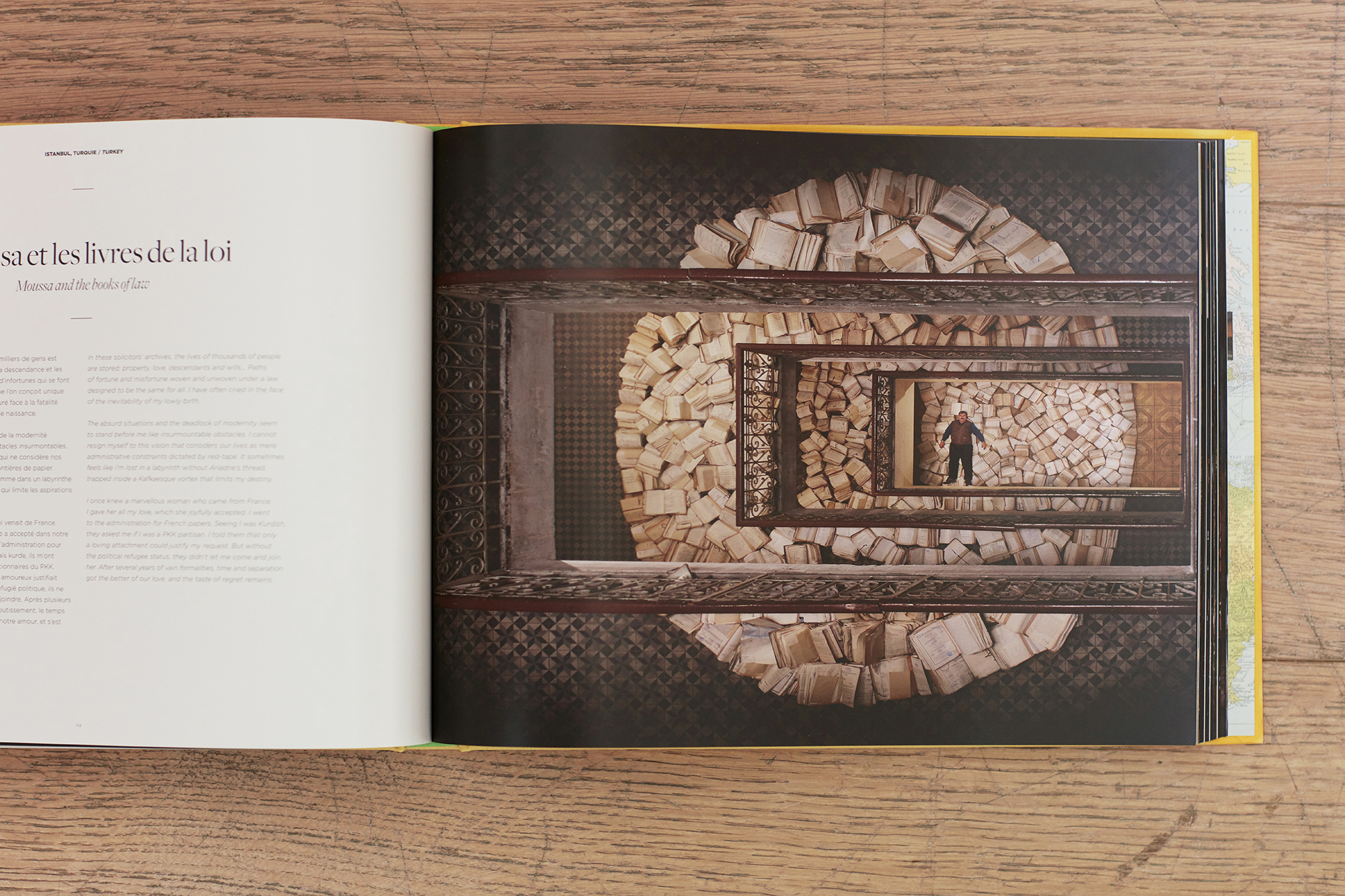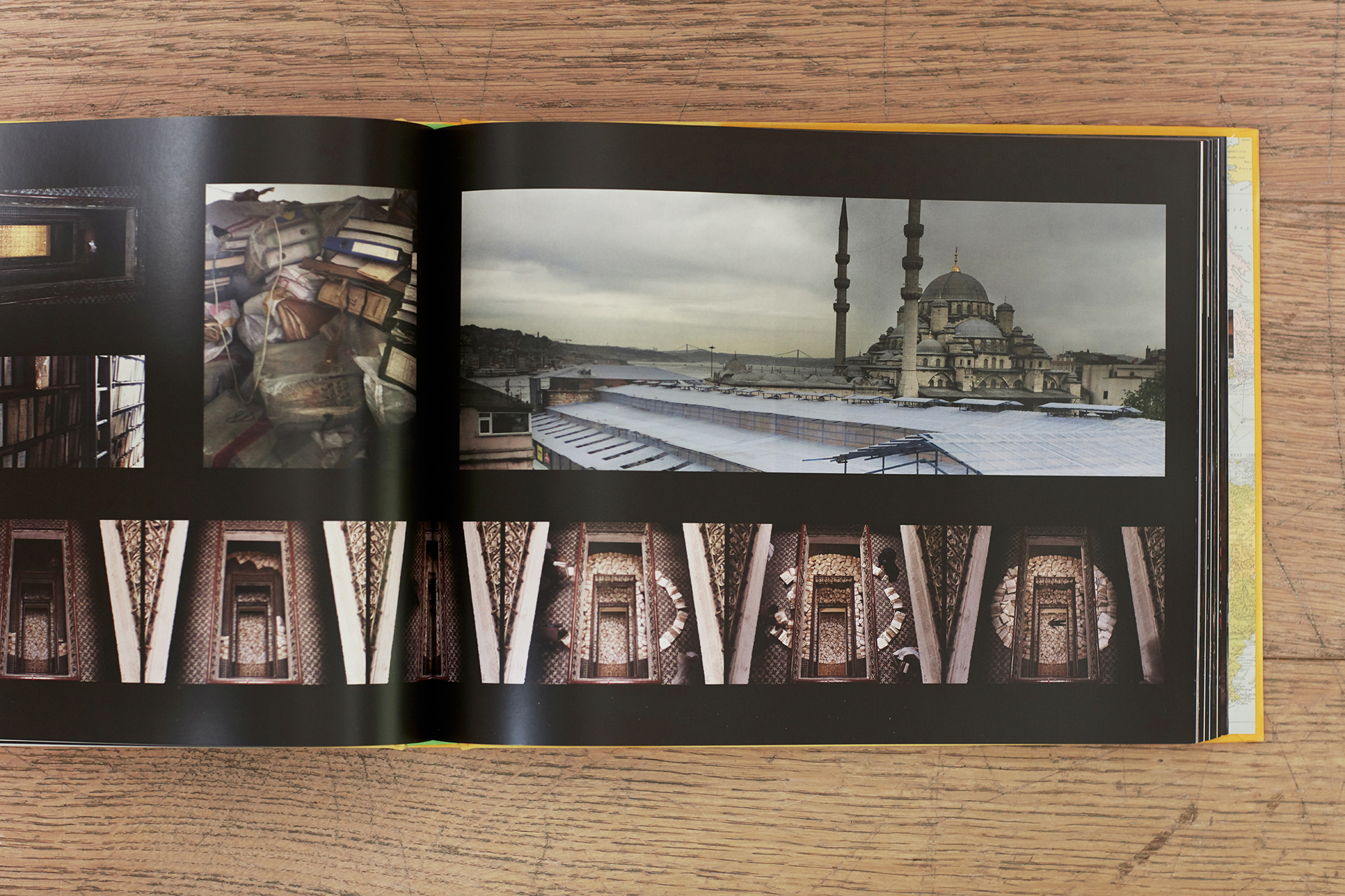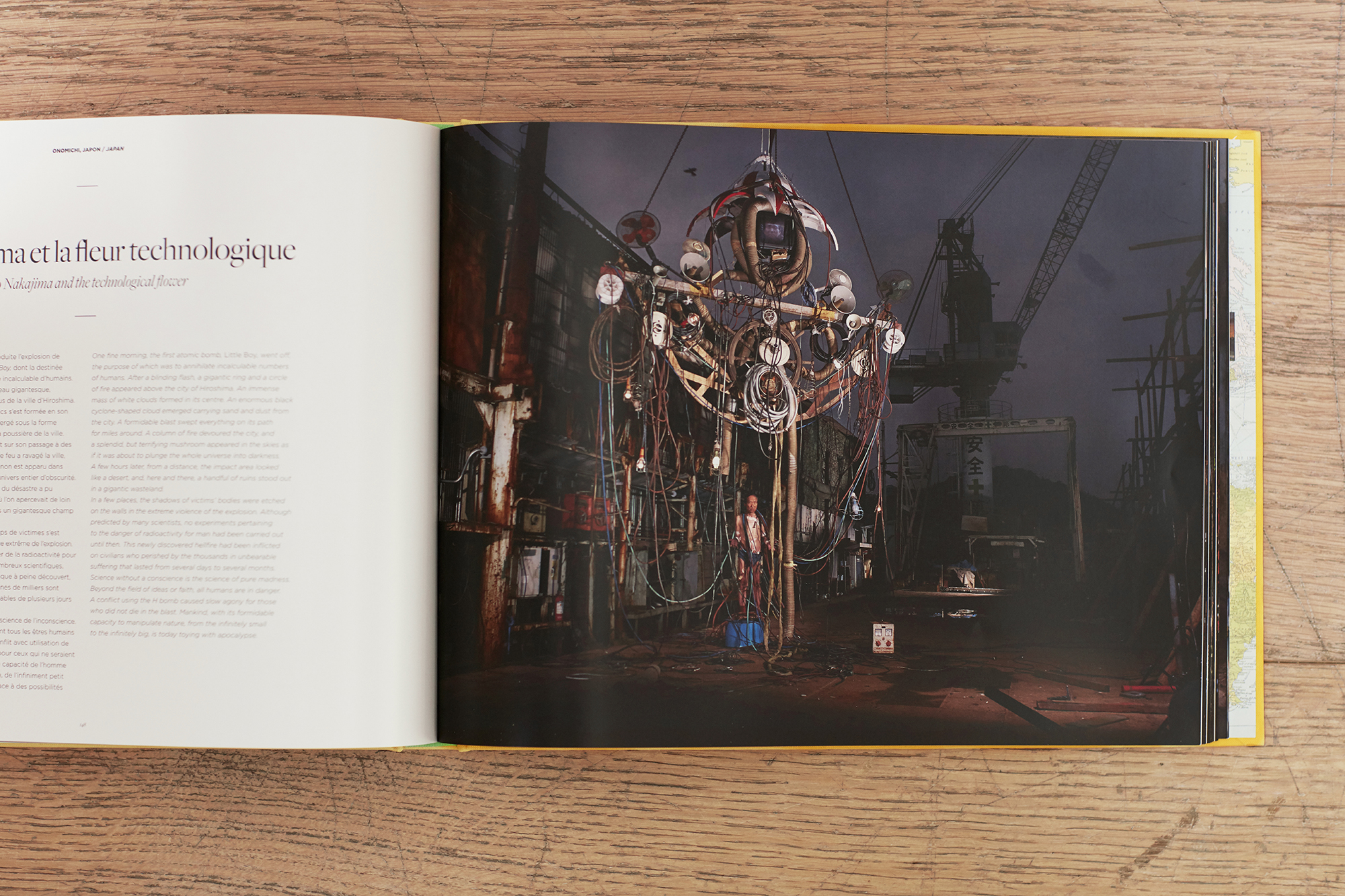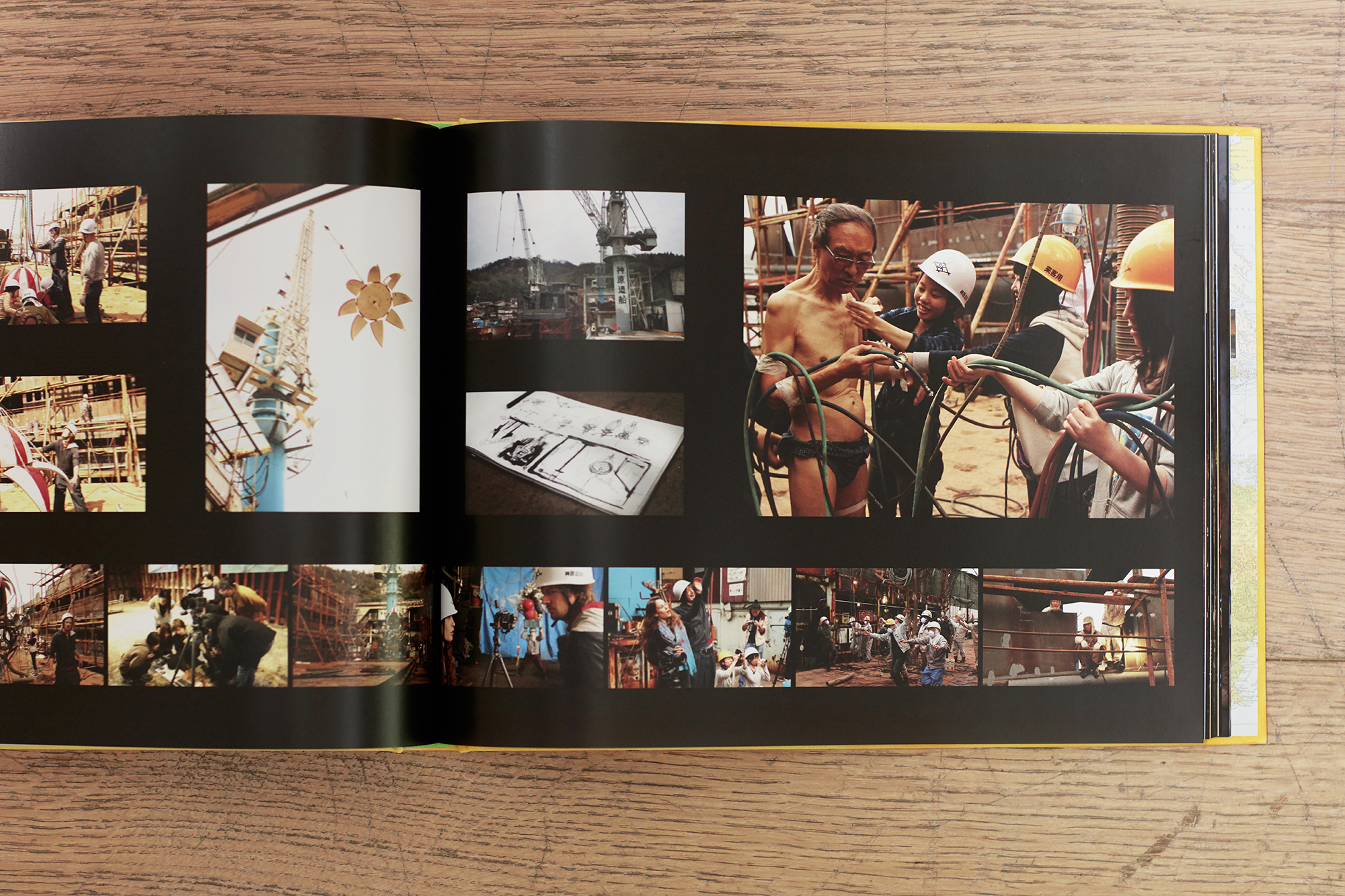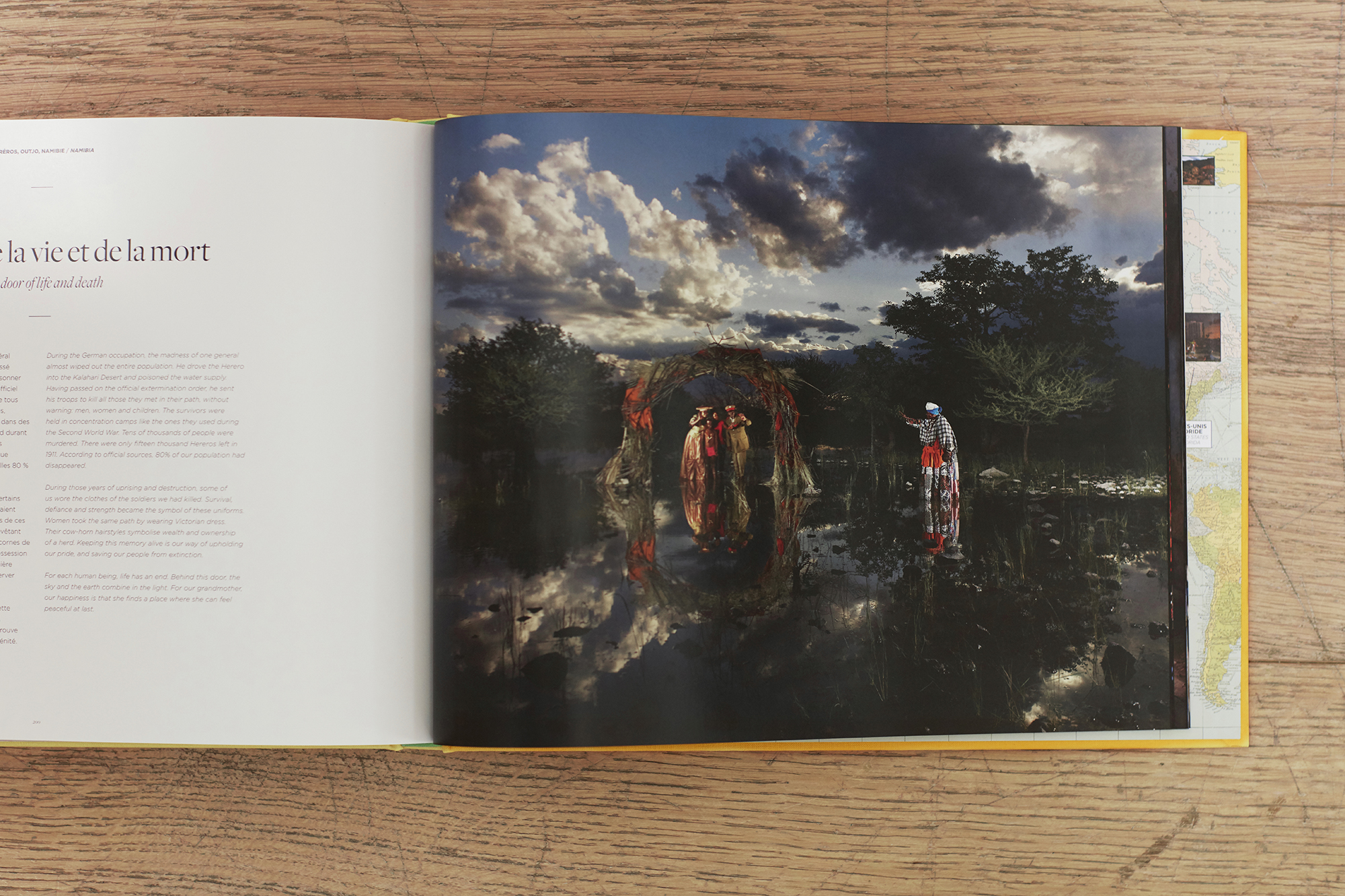WORLDS IN THE MAKINg, Albin Michel edition, 2016
PREFACE
Nicolas Henry’s photographs are the ultimate illustration of that mythical phrase of Shakespeare’s: “All the world’s a stage, and all the men and women merely players”. He directs these people, men, women and children, lighting them in his tender, luminous vision. This “image designer” transforms - or rather enhances - each situation he encounters. He manages to summon the invisible from the visible, celebrating what is usually concealed behind the crude banality of daily life. With his poet’s eye and his unique way of capturing the world in which we live, he restores to humanity all its splendour in a magical and utopian vision from which, in each image, the beauty of man and nature radiate.
Irina Brook
INTRODUCTION
A photograph by Nicolas Henry is, of course, a work of art in its own right, charged with emotion, optimism and commitment, immediately accessible, and interpretable at many different levels. It is, moreover, the sum-total of a whole series significant events testifying to how the image was put together, with all the intercultural exchange and collaboration it required.
A photograph is about a place and about people. It probes and examines, enquiring into an environment, inhabitants and local life – such is the artist’s purpose. Nicolas Henry pays special attention to personal anecdotes, dreams or collective wrath, daily difficulties or transformational initiatives, weaving a universe around a story he has been told, and proposes his resolution in crafted form. Based on the story, the team, with the help of the local population, creates an object, a device, a thingamajig, a centre-pin of frenetic activity. Materials are gleaned and salvaged from here and there. They are cobbled together every which way. Tying, knotting, nailing, fastening - not only are banana leaves, bamboo, bits of plastic and cloth woven together, but everyone’s own special skills also become intertwined. Various ways of going about things are discussed: “you can make a knot like this!”, “we’ll use a nail here”. Everyone does his or her bit to contribute to a joint effort, forgetting that nobody even speaks the same language. “I’m not sure this is right”, “don’t worry, just carry on”; the creator has it all orchestrated in his head.
When shooting, it’s all go, bodies talk. The team’s hands are an extension of the photographer’s thought processes. It’s all about “doing”. Everything becomes essential to building the object. The scene starts to take shape: structures are assembled, colour comes in, and you start to get the gist of the basic composition. Passers-by stop, congregate and ponder, looking on as the first act of the play unfolds. You sense the buzz of an event about to take place. Lights are switched on, ashes punctuate the unfolding play. A residual light is left on the retina, and then another, and another, like a ip book. Each scene on the tableau is successively lit, gradually divulging the tale that will compose the photograph. It’s like real theatre: decorators become actors, technicians stage-managers, the photographer a mime-artist, and spectators work the camera. Yes. You heard correctly. Sometimes spectators take the photographs. The whole happening creates a social event during which everyone interacts. The inhabitants discover snippets of their own personal story in a giant contraption, assembled somewhere between fiction and reality. Each word harvested can be found somewhere in the decor. Their story plays out in front of their very eyes, stoking new awareness and maybe, let’s be optimistic, a certain form of resilience.
Arnaud Lévénès et Mohamed Arroussi
